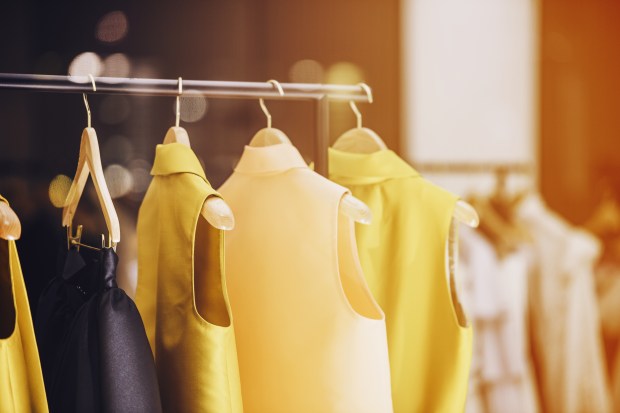Hitting Reset On Real World Retail Design

Brick-and-mortar retail is often written off as a casualty of the digital age, but the numbers tell a different story. While there are a variety of estimates and ranges out there, the hard facts reveal that about 90 percent of retail transactions take place in a physical store.
Digital commerce is growing — and growing very quickly. Holiday 2017 year-over-year growth is 21 percent on average. But consumers are still shopping in physical locations nine out of 10 times, which means even the biggest and most successful digital brands have decided to make roots in the physical world.
Finding the right entry point, however, isn’t as easy as setting up shop in a high traffic area and hoping a diverse, digital customer base will filter into that new, physical hub — that model isn’t working for old retail, which puts the burden on “new retail” to refine and redefine it.
There are many paths to achieving that goal. Amazon built physical bookstores; the company then acquired an already well-established physical retail brand in Whole Foods. Both were big moves and both have clearly been effective for the eCommerce giant. However, the average eTailer contemplating making a step into brick-and-mortar commerce doesn’t have $14 billion lying around to instantly establish a national physical presence.
But simply sitting it out and deciding to remain an online-only business isn’t necessarily a winning strategy for up-and-coming retail innovators looking for scale, according to Stephanie Phair, chief strategy officer of Farfetch. Phair told The New York Times that “pure-play eCommerce” is beginning to give way to a blended omnicommerce experience that doesn’t draw a distinction between digital and physical commerce so much as it tries to merge them into a single customer journey with many on-ramps.
“What we’ve seen from a millennial consumer behavior point of view is customers really want that joined-up online and offline experience,” she said.
Which means pursuing a physical footprint needs to be done strategically, by translating the unique, “sticky” elements of a brand’s online experience into a physical space, then finding a way to enhance them with physical proximity.
For The RealReal — a brand best known for making luxury consignment mainstream — that transition has meant building a physical experience focused on education and design.
The Store as a School
The RealReal didn’t jump into physical retail with two feet so much as it waded in slowly over the course of a year by introducing a series of pop-up shops before setting up a single location in Manhattan. It was an experiment that Founder and CEO Julie Wainwright said yielded two insights.
The first is that consumers look for synergy between their online and offline shopping experiences, which means customers need to know that everything they see in a store will also be accessible to them online.
The customer experience online and offline should be seamless — from there, potential buyers can engage with the bigger experiential offerings companies like The RealReal have constructed into their brick-and-mortar establishments.
Stores are primarily designed as retail locations, but Wainwright believes they can and should also be considered community hubs as well, where customers can come to learn more about the items on offer.
“We not only created a concept store that represents The RealReal with the best product, but we created a next-level customer experience for buyers and consignors,” she said.
That “next level” experience, according to The RealReal, translates to free education workshops held twice a day by The RealReal’s authentication team. Sessions range in topic from authentication, styling, design and current trends. Brand experts are on hand to discuss specific items, histories, design elements and even construction.
“We are working with experts in their field,” Wainwright said. “The RealReal’s team of experts, including gemologists, horologists and authentication specialists are there specifically to engage directly with consumers and consignors.”
A Designed Experience in Design
A shop dedicated to selling luxury and designer clothes, jewelry, artwork and home goods unsurprisingly has a high design barrier to cross when rolling out its physical experience to its particularly tasteful customer base.
Custom design elements for The RealReal’s retail location in Manhattan include 35-foot walls with 13 hidden closets containing curated, ready-to-wear outfits for women, a floor-to-ceiling wall of Hermès Birkin bags, a library, a lounge area and a sneaker wall — where the kicks are refreshed daily.
Outdoor space on the lower level is open during the spring and summer for special events as well as a seating area for customers of the store’s cafe.
In short, it’s a store designed to make customers want to shop without making them feel like they’re actually shopping.
Will it bring even more recommerce fans into The RealReal’s orbit? That remains an open question. Thus far, The RealReal didn’t have any specifics to pass along about foot traffic since its November opening — though the brand did confirm in an email that its physical retail numbers have been “extremely strong” and “encouraging” so far.
